Who served "brave young men"?
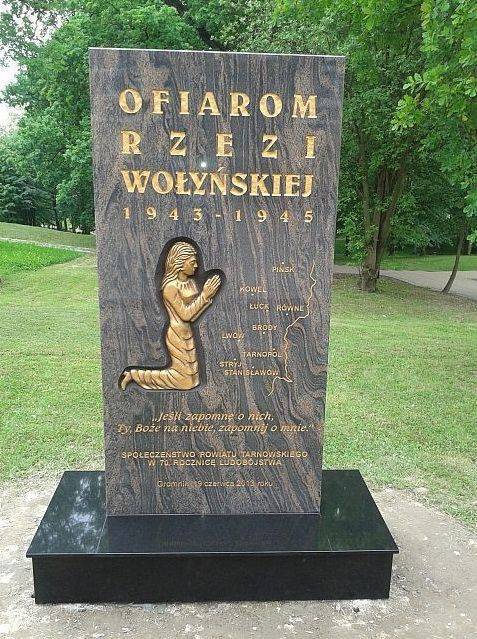
Under the strict guidance of experienced mentors, "brave youths" (and there were even boys aged 10 – 12 years) were engaged in collecting intelligence information and sabotage in the rear of the Soviet army. Veterans of counterintelligence recalled that these guys were causing them a lot of trouble: they were spinning around the location of our troops, and when SMERSH employees tried to detain them, they began to squeal like pigs and shouted that they were children.
Among the “brave young men” who worked for the Germans was a boy named Lyonya Kravchuk. After half a century, he will become the first president of the Square and in fact rehabilitates the Bandera movement. However, the gradual withdrawal of Ukrainian nationalists from the underground began long before Ukraine declared independence. But more on that later.
For the first time, the idea of using Ukrainian nationalists for sabotage and reconnaissance work against the USSR came to the head of the leaders of the Italian special services at the end of the 1920s. The backbone of the future Ukrainian nationalists were officers of the Austro-Hungarian army, natives of Galicia. Employees of the Italian secret police began to work closely with them. And in 1930, the special services of Nazi Germany joined this project.
It is known that with the help of members of the Organization of Ukrainian Nationalists (OUN), the Abwehr conducted special operations around the world and even planned an assassination attempt on US President Franklin Roosevelt. Materials about this operation of Hitler's special services are still classified and are kept in the archives of the FBI.
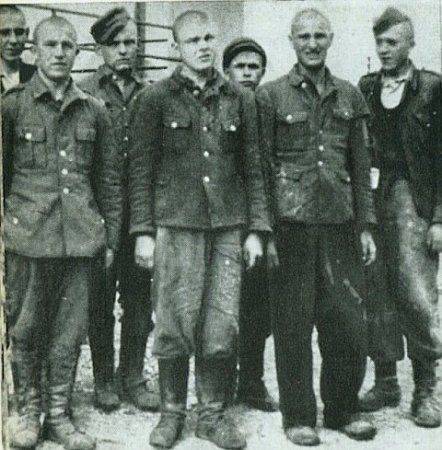
However, some documents have recently been made public. Of these, it appears that the German intelligence officer Zinser in the spring of 1941, organized a group of Ukrainian nationalists who had settled in Latin America in their time. Zinser himself at the beginning of the 1940-s worked in Argentina under diplomatic cover. Obviously, he recruited a certain Grigory Macieiko, a native of Western Ukraine, in the same place, promising him a million German mark for liquidating Roosevelt.
Matseiko gladly agreed to cooperate: for money, the Ukrainian nationalists, as you know, are ready to kill anyone, even their own mother. Moreover, Maciejko already had experience in organizing such operations. In 1934, he, at the request of the OUN leader Stepan Bandera, liquidated the former Polish Interior Minister Bronislav Peratsky.
However, the American intelligence services were not asleep. Having received timely information about the impending assassination attempt, the FBI and the Secret Service, guarding the US President, took measures to catch Gregory Matseyko. His passport photo was reproduced and sent along with signs to all US police stations, as well as FBI agents in Latin America. As a result, the attempt on Roosevelt was prevented at the preparation stage.
The details of this unique operation are still unknown. And, given the current situation in Ukraine, it is unlikely that they will be made public: all this story with the bright appearance of Ukrainian nationalists, who are so vigorously inculcated in the mass consciousness through the efforts of pro-American mass media all over the world.
Moreover, immediately after the Second World War, the special services of the United States themselves, as well as their NATO allies, became seriously interested in the Ukrainian nationalists. Canada showed particular zeal, since it was in this country that many immigrants from the western regions of Ukraine settled in the early XX century. It was to these first-wave migrants and their descendants that the West assigned a significant role in its plans to destabilize the situation in the USSR, and then in the post-Soviet space.
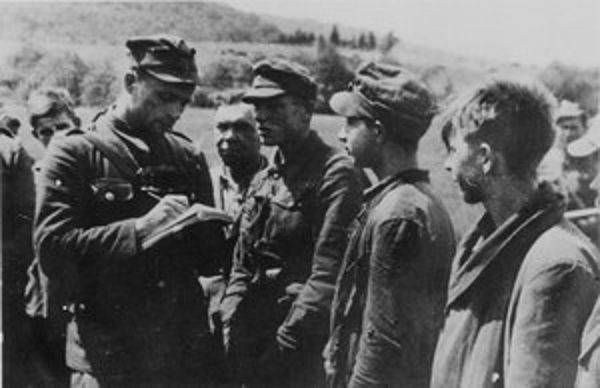
Currently, dozens of Ukrainian nationalist organizations are active in Canada. The majority of these organizations are fueled by immigrants from Galicia, one of the most Russophobic regions of Ukraine. It is not difficult to guess under whose influence the Canadian Ukrainians are and what views they profess.
It is no coincidence that Ukraine’s independence in 1991 was the first in the world to be recognized by Canada. The first samples of the Ukrainian national currency, the hryvnia, were also printed on Canadian territory. The leadership of Canada and the deputies of the Canadian parliament from the very beginning of the "orange" revolution 2004, sided with Viktor Yushchenko. In 2008, it was the Canadian parliamentarians who supported Yushchenko’s absurd idea of the Holodomor of the early 1930’s as the genocide of the Ukrainian people. And in August, 2009, the Ukrainians of Canada appealed to the president by the Square with the request to assign posthumously the title of Hero of Ukraine to Stepan Bandera. And Yushchenko, despite the stormy protests of all sensible citizens of Ukraine, joyfully fulfilled the request of the “countrymen”.
As for the nationalist organizations in the territory of Ukraine itself, it would not be a big exaggeration to say that all of them were created and fed exclusively on Western money and with the very active participation of Western intelligence agencies. The attackers of the Right Sector, as is now well known, underwent military training in foreign training camps and intelligence schools: in Poland, Estonia, Lithuania, Germany, Canada and the United States. And Western intelligence agencies actively recruited militants from members of the Ukrainian diaspora in Europe and America.
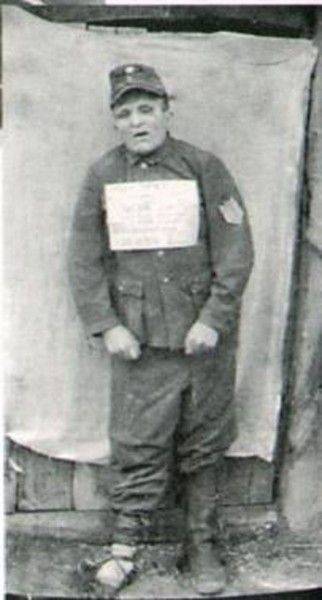
But back to the events in Europe 1940's. Thanks to the efforts of Hitler's intelligence services, by 1943, in the occupied German territory of Western Ukraine, an entire army of well-trained fighters, distinguished by bestial cruelty and ready for a team of owners to cut their throats, acted. One of the most large-scale punitive operations of Bandera is the so-called Volyn Massacre (spring-summer 1943 of the year), that is, the massacre of Poles living in the territory of the present Lviv and Volyn regions. Then, according to historians, at least 80 thousand people were killed.
After the liberation of Ukraine from the Germans, the main task that their German masters set for Bandera was to destabilize the rear of the advancing Soviet army. And, I must say, Bandera coped with this task well. There were times when, on their tip, the German aviationfor example, striking at our tank columns heading to the front line. In addition, Bandera troops attacked small army formations from around the corner and carried out terrorist attacks in cities and villages. According to SMERSH employees, the total number of Bandera gangs at the end of the war reached one hundred thousand people. It is not surprising that the liquidation of the Bandera underground lasted for several years and was generally completed only in 1947.
The whole territory of Western Ukraine Bandera divided into so-called viddily (something like areas), they, in turn, were divided into districts, subdistricts, villages and villages. At the head of all these territorial entities were either members of the OUN, or people who sympathized with the nationalists. In each village on Bandera worked various workshops and agricultural enterprises. There was a planned system: every enterprise, every village and village was given a clear production task. For failure - execution. So the UPA fighters never felt a shortage of food and basic necessities.
All stocks were kept in the forest, in well-hidden caches. There, in the wilderness, Bandera had thoroughly equipped hospitals and dugouts. Soviet counterintelligence officers often found in the forest and concrete bunkers intended for the district and subregional leadership of the OUN. All these buildings were built with the help of German engineers and were designed for long autonomous residence. Some bunkers even had electricity and running water.
Ordinary soldiers of the UPA were hiding in the recesses easier. They were stuck with all the forests in Galicia. Veterans of counterintelligence recall that at first they were guessing: where did the gangsters who were driven into the woods go to? It turned out everyone hid under the ground. Found them with banal metal pins. They pierced the ground in different places until the bunker was discovered.
In each village there was a point of contact, located, as a rule, in a good peasant house. Its owners were responsible for communication between the units and units of the UPA. People were on duty around the clock in their house, because at any time of the day or night they could come in contact with an encrypted report. The role is usually connected using girls. If they were detained by counterintelligence officers, the young ladies told a legend that had been thought up beforehand: that they were going to their relatives in the neighboring village.
The combat structure of the UPA consisted of regiments, or smoking, who were divided into hundreds, and those, in turn, into swarms or platoons. If the regiment had artillery or mechanized units, it was called a cat. The number of infantry regiments ranged from two to three thousand fighters.
Often in the ranks of the UPA fighters were driving young men of military age under threat of execution. For the reliability of the personnel vigilantly watched the security service, or security. Her squads of up to 15 people were in every major village. The impact methods were not diverse: at the slightest suspicion of collaboration with the Soviet authorities, the perpetrators were killed with particular cruelty.
The militants received information from their people who were in the authorities and collective farms. As a rule, these were ordinary clerks, as well as technical workers, cleaners, firemen, secretaries-typists, and cooks.
According to the recollections of counterintelligence veterans, at the end of the war, Soviet power in the territory of Western Ukraine existed only in regional centers. The countryside was entirely under the control of the Bandera gangs. It was with such a carefully conspiratorial organization that the state security agencies had to fight. The war with the Nazis ended long ago, the last front-line soldiers returned home, and through the deep forests of Transcarpathia, counterintelligence officers and army units assigned to them chased Bandera gangs.
And only in 1947, when the bandits were deprived of supplies, and SMERSH destroyed the leaders, with Bandera in general was over. However, nationalism has not gone away, he just went into the deaf underground. After Stalin’s death, Bandera received a powerful influx of experienced cadres: this was the amnesty announced by Khrushchev and many of the members of the nationalist underground that had been arrested were released.
Nikita Sergeevich clearly sympathized with the Ukrainian nationalists, although he never spoke openly about this anywhere. Although it was with the filing of Khrushchev at the beginning of the 1950-s that serious personnel changes were made in the leadership of the counterintelligence agencies responsible for the fight against Bandera. As a result, people who secretly sympathized with the nationalists turned up in responsible posts in the Lviv and Rivne departments of the MGB. At the same time, anti-bandit departments were eliminated. And the very large-scale amnesty, started by Khrushchev in the middle of 1950, was undertaken with a single purpose: to pull out the Bandera's companions from the camps.
And in 1960-ies, in general, the quiet recovery of the OUN began. Former members of the Bandera gangs made a career in the party, the Komsomol and the administrative work. Especially a lot of former OUN people turned out to be in high positions in the Rivne, Lviv and Ivano-Frankivsk regions. The leadership of the Communist Party of Ukraine carefully hid it from Moscow.
As a result, by the year 1991, the banderization of Ukraine was in full swing.
After the collapse of the USSR, the process went even faster - now with the very active participation of foreign intelligence services. It is not surprising that at the beginning of 2014, during the notorious events on the Kiev Maidan, a whole army of well-trained and armed fighters, ready to burn and shoot anyone who was shown by their foreign owners, appeared before the man in the street in amazement. .
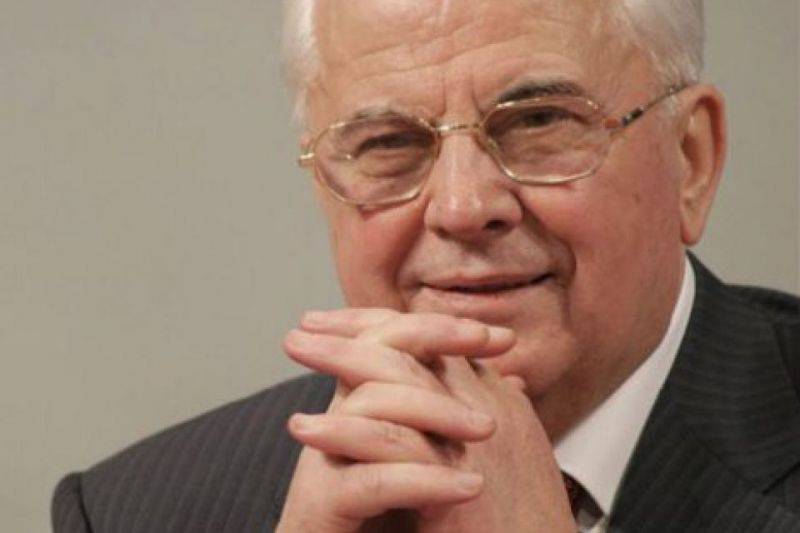
Information